Plotting to save the parish church
As burial becomes increasingly sought-after, Jason Goodwin takes a look at the intriguing idea of Rupert Sheldrake and sees huge potential.
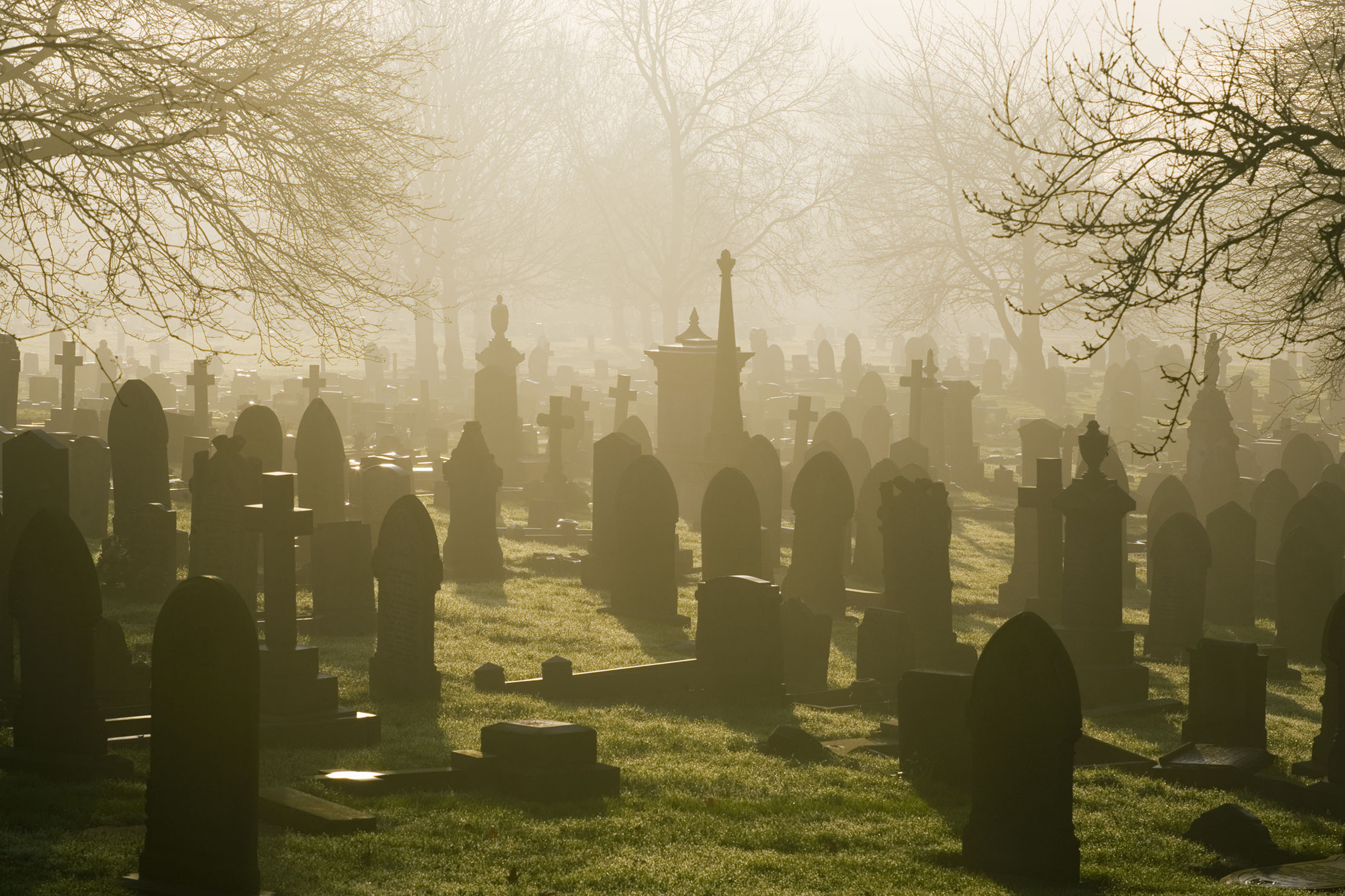
George Frederick Carden was a barrister and the editor of The Penny Magazine, from Google’s Victorian precursor, the Society for the Diffusion of Useful Knowledge. He was also instrumental in founding great London cemeteries, such as Kensal Green.
City churchyards were bursting at the seams and, as the middle classes decamped to the leafy suburbs of Kensington and Brixton, Carden proposed a kaleidoscope of handsome graveyards around the city to contain their dead. They began to be used in 1833 and are still popular. Carden is by way of being a forebear of mine, so I like to keep an eye on developments in his sphere, where I observe, not least, the amazing growth of so-called green, or natural, burials.
I have attended a couple of these non-denominational, faith- free, do-your-own-thing ceremonies. At one, the old man’s daughter perched on his wicker coffin and delivered an impromptu eulogy, after which, for lack of a sexton, we helped lower the basket into the grave. At the other, one mourner fell down dead. Very popular, these rural burials: any farmer can open a field for interment and charge up to £7,000 a pop, or, indeed, mum.
Cremation only became properly regulated in the UK in 1902 and has been adopted largely for practical reasons of space; now, three-quarters of us are cremated, which produces a lot of gas. The Catholic church permitted cremation in 1963; the Orthodox still resists it. But space is limited, as Carden observed 200 years ago.
Now, the ingenious, unorthodox thinker Rupert Sheldrake suggests a scheme to restore burials to the benefit of rural churches. Most churchyards being fairly full, they are rightly reserved for locals and their nearest relatives. Even securing a plot in a churchyard involves meetings with the vicar and perhaps a faculty from the diocese, onerous compared to the ease with which uncle can be slipped into a furrow off the main road at a natural burial site.
Dr Sheldrake’s idea is that churches and their churchyards should remain as they are, but that an area of adjacent ground should be bought by or given to the church, consecrated by the bishop and given over to burials. Many townspeople would pay for a proper burial in a country churchyard. If the plots sold for £2,000, then a half-acre of ground, containing 302 plots 6ft by 12ft, would generate £604,000 for the church, over time. Apparently, ‘the average cost of a woodland burial in the UK is £750, rising to about £5,000 for the most idyllic spots in sought-after postcode areas’. The plots might even go for more. That’s a potential million and a half quid to the church on its sacred mound.
As Dr Sheldrake notes, many lovely redundant churches could introduce this service right away, as their graveyards are no longer earmarked for locals — although locals might be given a special offer. The churches would benefit from funeral fees and, if the families were invited to a requiem or memorial service every year on All Souls’ Day (November 2), or on the church’s patronal day, it would ‘give the church a serious liturgical purpose and help both the departed and their families’.
Exquisite houses, the beauty of Nature, and how to get the most from your life, straight to your inbox.
We are running out of burial sites and 16,000-odd parish churches are under threat as the Church of England seeks to reinvent itself as a special-interest luncheon club. Dr Sheldrake’s proposal could help them survive this period of agnosticism and apathy. I’m bringing it forward at the PCC this week. If anyone else is interested, do write to me c/o Country Life (countrylife.letters@futurenet.com).
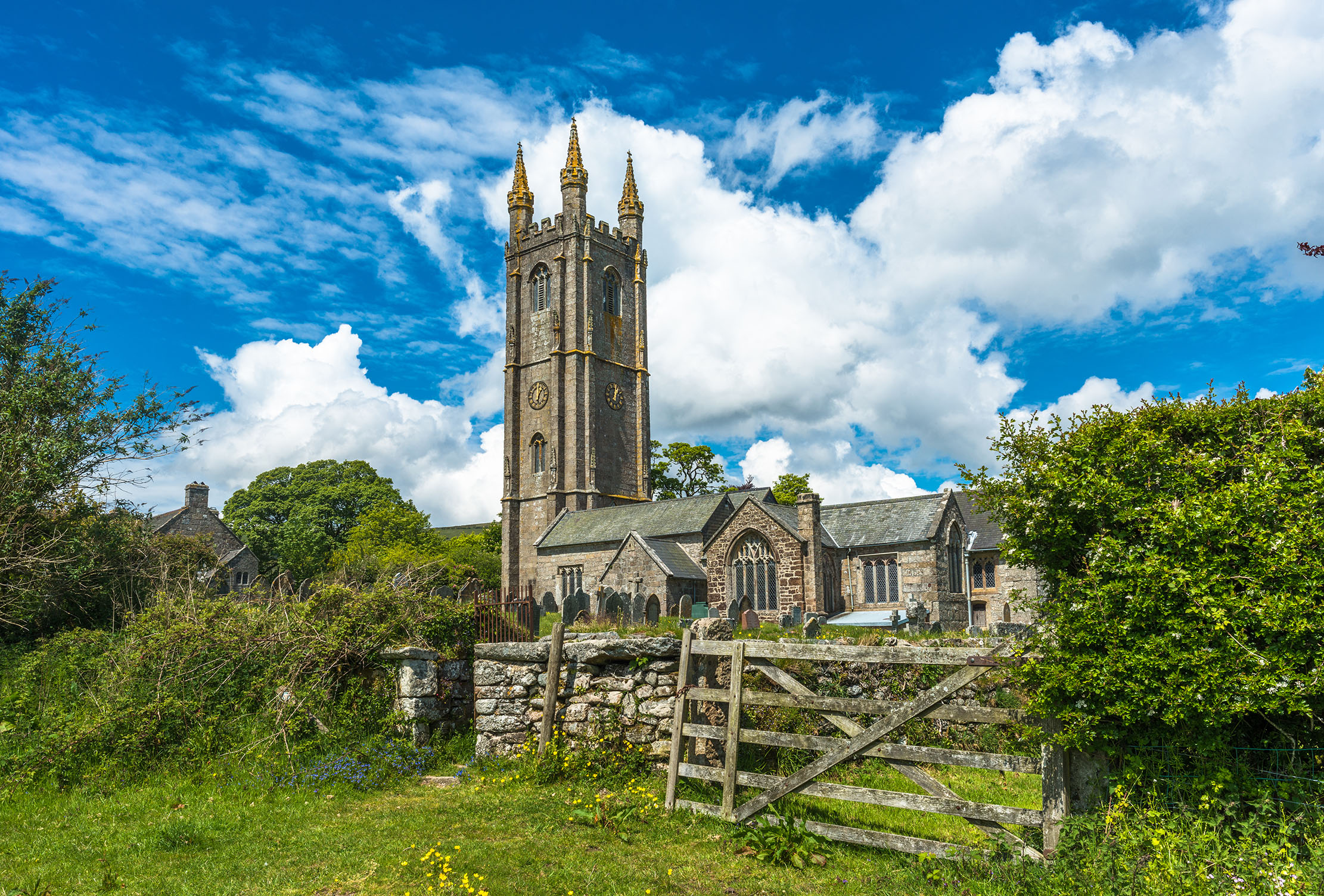
Credit: Getty Images/Collection Mix: Sub
Jason Goodwin: 'I suspect the Church of England views parish churches as a burden and a nuisance'
Our columnist Jason Goodwin fears that the Archbishop of Canterbury 'may possibly think too much of his own gifts and
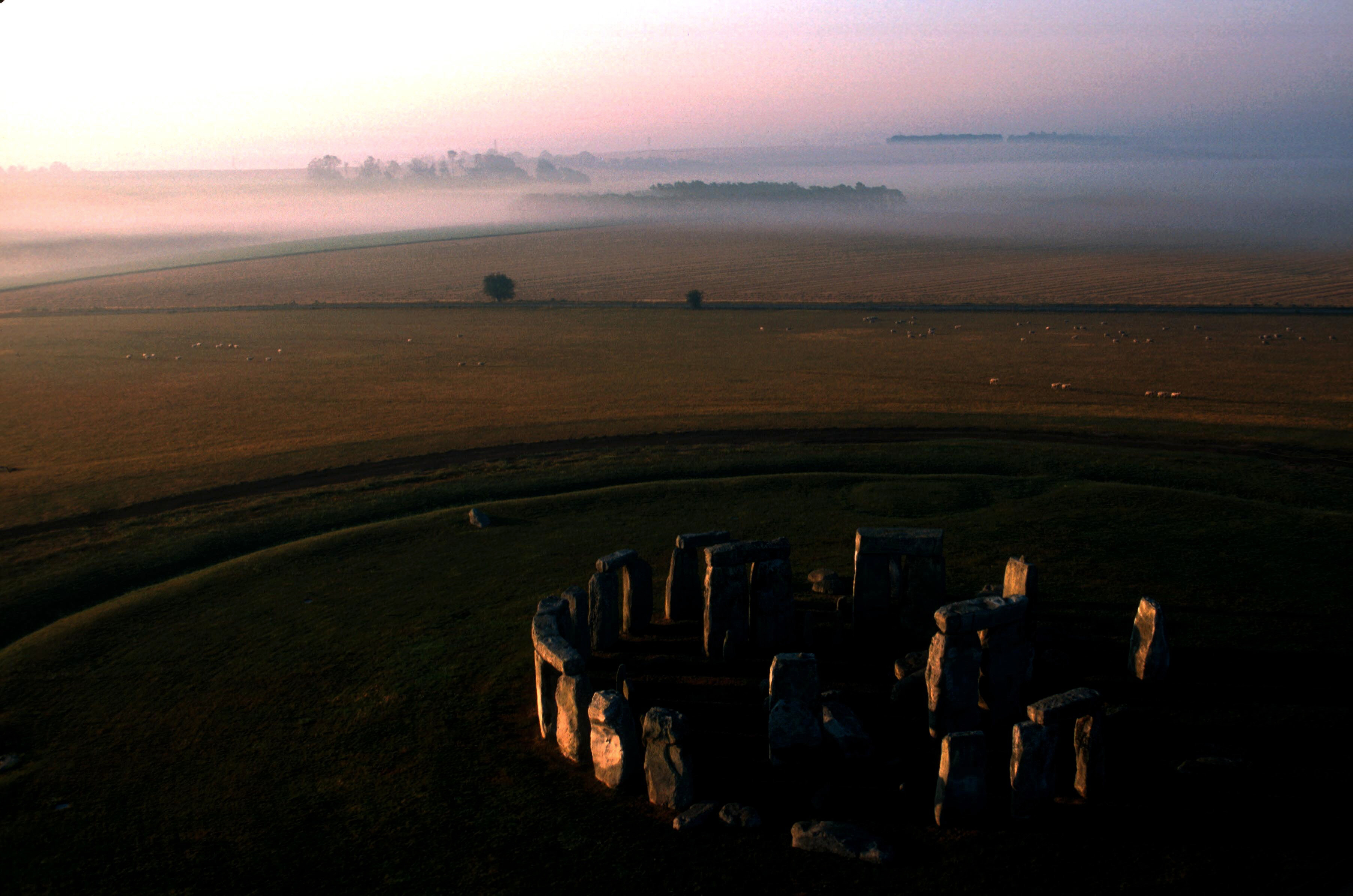
Jason Goodwin: 'What gets lost will be forever lost, whereas pylons, cars and trains may be rendered obsolete'
Jason Goodwin muses on economics, Stonehenge and social media.
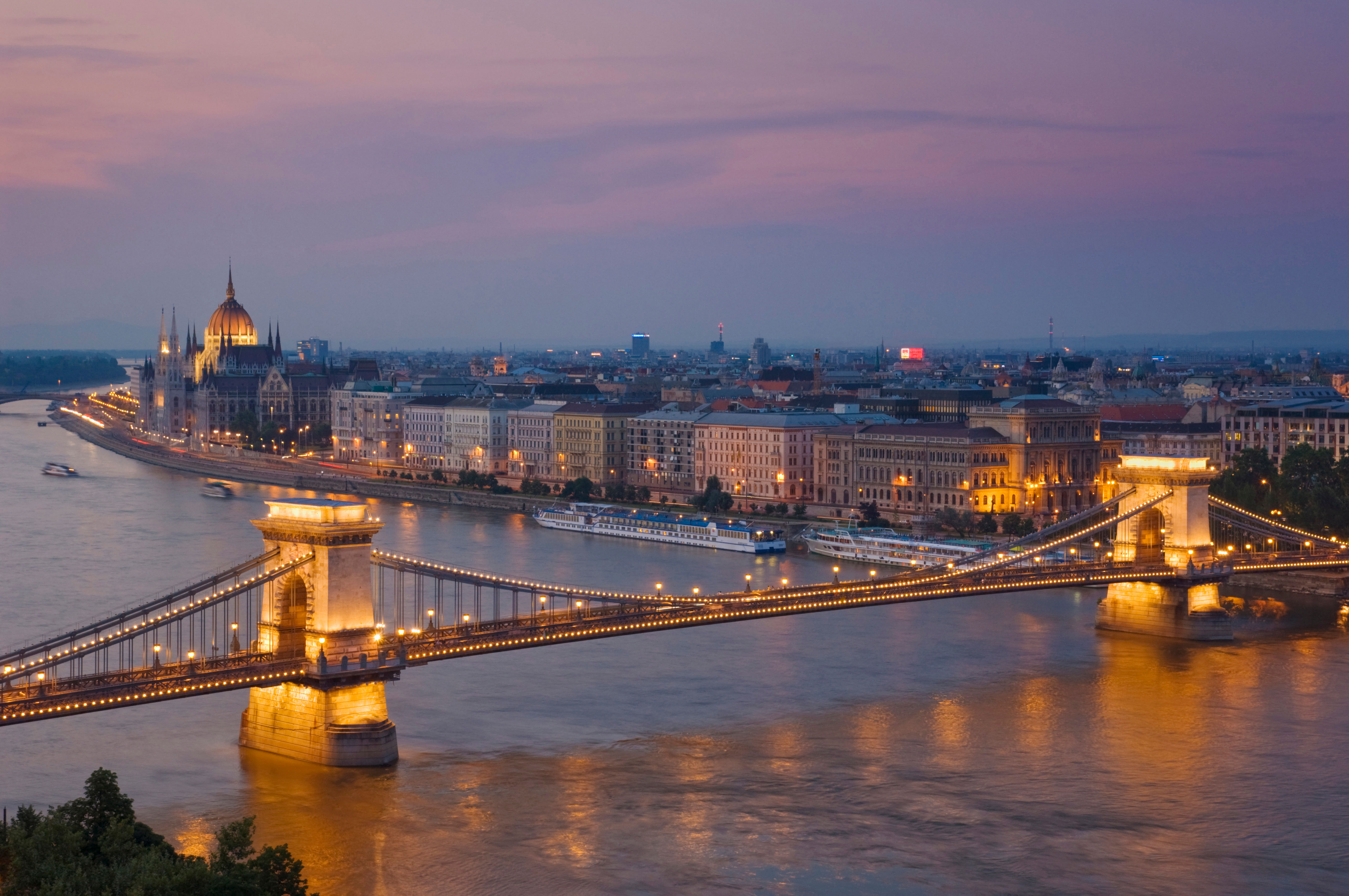
Jason Goodwin: In memory of Norman Stone, my tutor, guide, world traveller — and friend
Jason Goodwin pays tribute to an old friend and mentor.
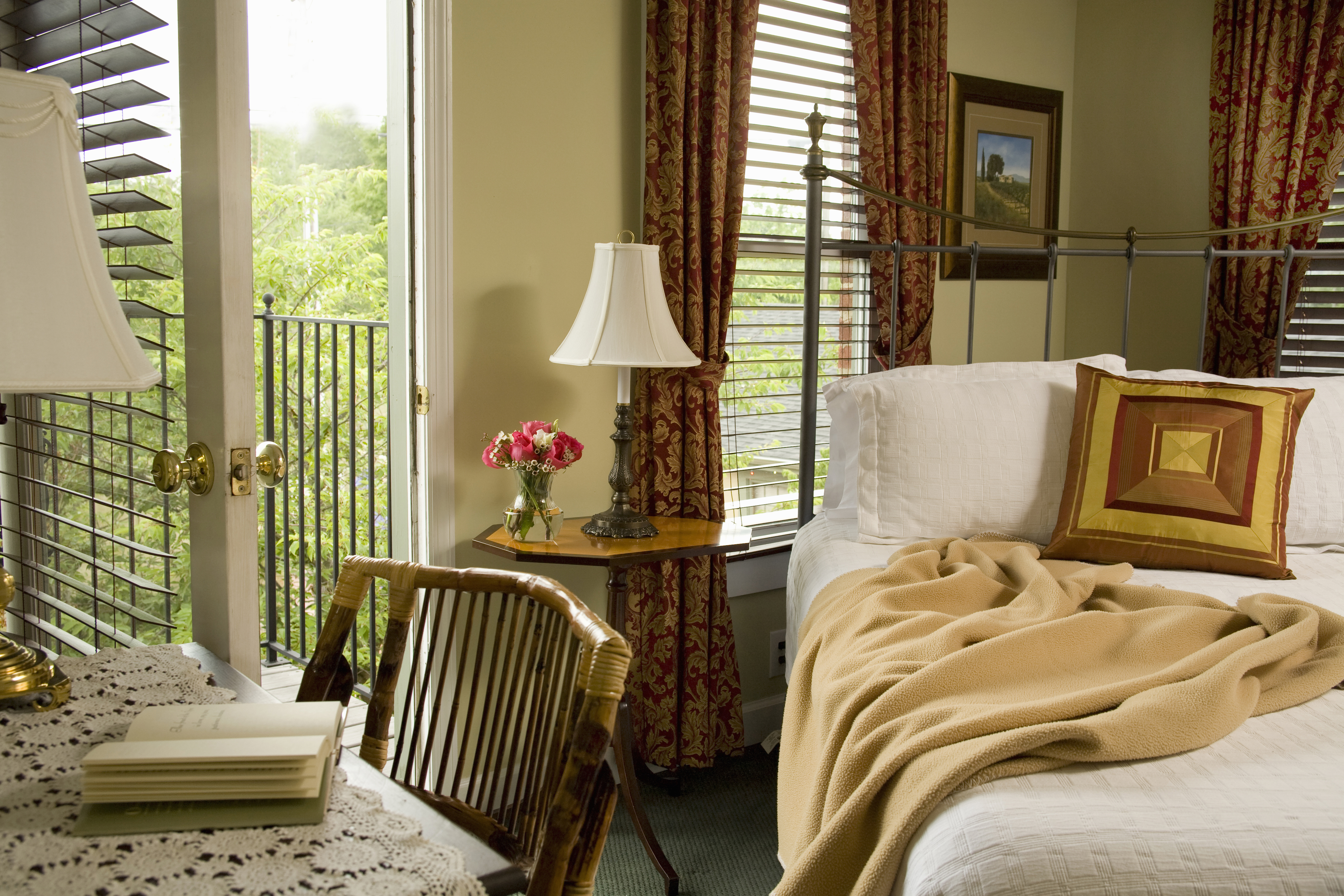
Credit: Universal Images Group via Getty
Jason Goodwin on why we all need 'a breath of fresh air'
Victorian received wisdom that fresh air is good for you turned out to be true, says Jason Goodwin.